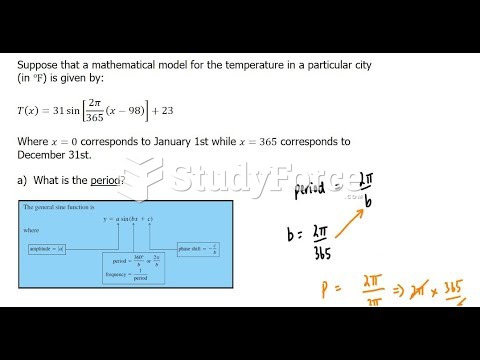Answer to Question 1
ANSWER: According to the conveyor belt model, a warm air stream (known as the warm conveyor belt) originates at the surface in the warm sector, ahead of the cold front. As the warm air stream moves northward, it slowly rises along the sloping warm front, up and over the cold air below. As the rising air cools, water vapor condenses, and clouds form well out ahead of the surface low and its surface warm front. From these clouds, steady precipitation usually falls in the form of rain or snow. Aloft, the warm air flow gradually turns toward the northeast, parallel to the upper-level winds.
Below the warm conveyor belt, a cold airstream - the cold conveyor belt - moves slowly westward. As the air moves west ahead of the warm front, precipitation and surface moisture evaporates into the cold air, making it moist. As the cold, moist airstream moves into the vicinity of the surface low, rising air gradually forces the cold conveyor belt upward. As the cold, moist air sweeps northwest of the surface low, it often brings heavy winter snowfalls to this region of the cyclone. The rising airstream usually turns counterclockwise, around the surface low, first heading south, then northeastward, when it gets caught in the upper air flow.
The last conveyor belt is a dry one that forms in the cold, very dry region of the upper troposphere. Called the dry conveyor belt, this airstream slowly descends from the northwest behind the surface old front, where it bring generally clear, dry weather and, occasionally, blustery winds. If a branch of the dry air sweeps into the storm, it produces a clear area called the dry slot, which appears to pinch off the comma cloud's head from its tail. This phenomenon tends to show up on satellite images as the mid-latitude storm becomes more fully developed (see Figs.
and).
Answer to Question 2
ANSWER: In order for middle-latitude cyclones to develop and intensify there must be upper-level diverging air above the surface storm. The polar jet stream can provide such areas of divergence. The region of strongest winds in the jet stream is known as a jet stream core, or jet streak. When the polar jet stream flows in a wavy west-to-east pattern, a jet streak tends to form in the trough of the jet, where pressure gradients are tight. The curving of the jet stream coupled with the changing wind speeds around the jet streak produces regions of strong convergence and divergence of air along the flanks of the jet.







